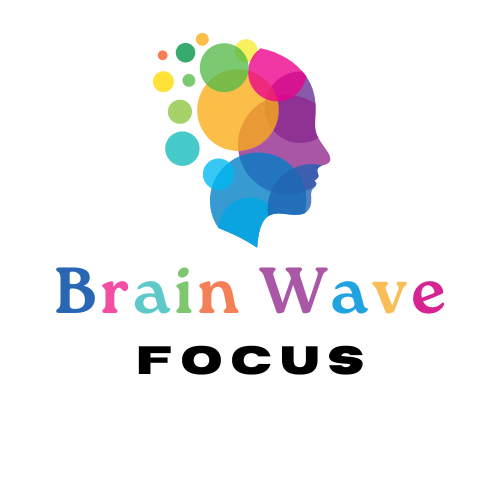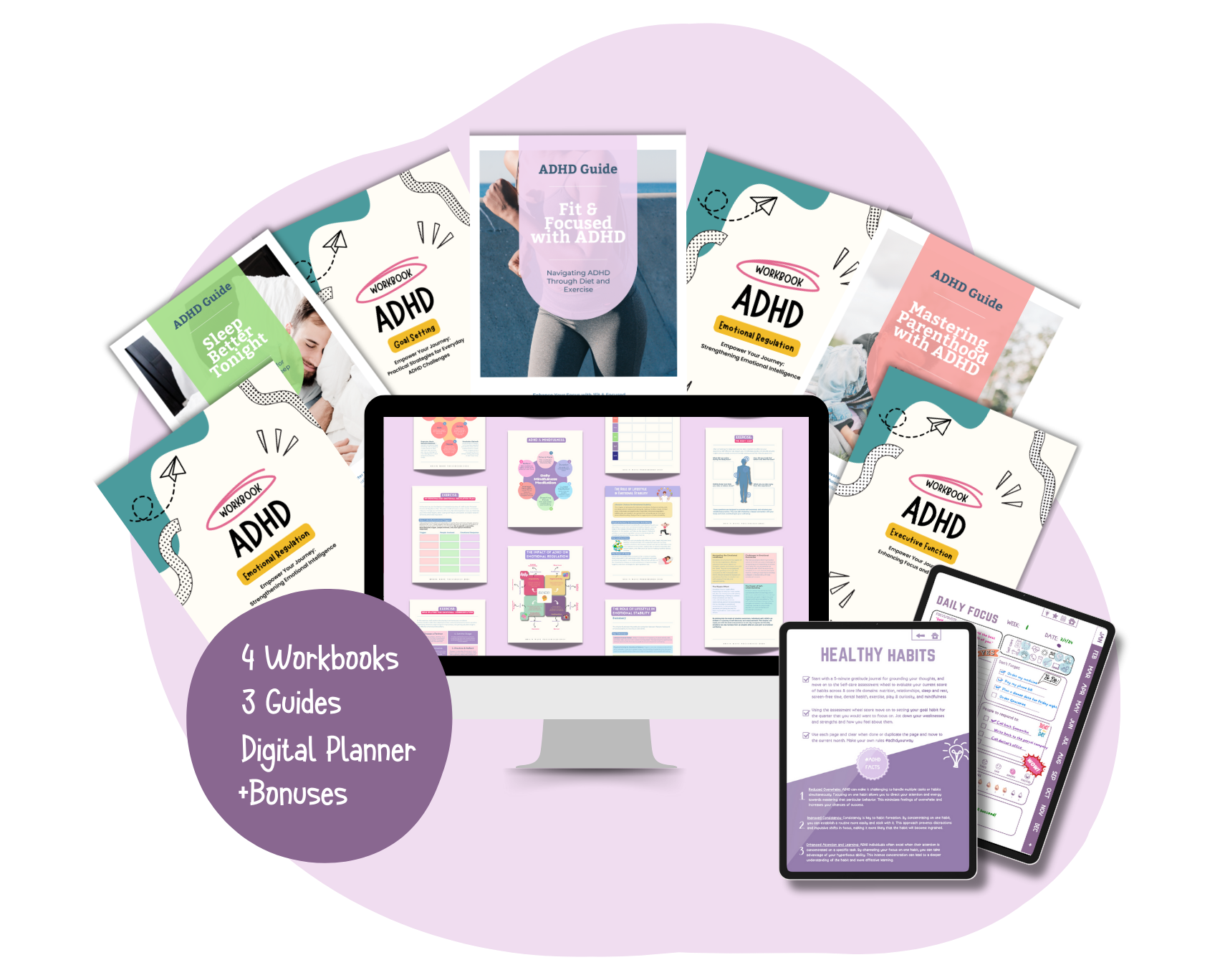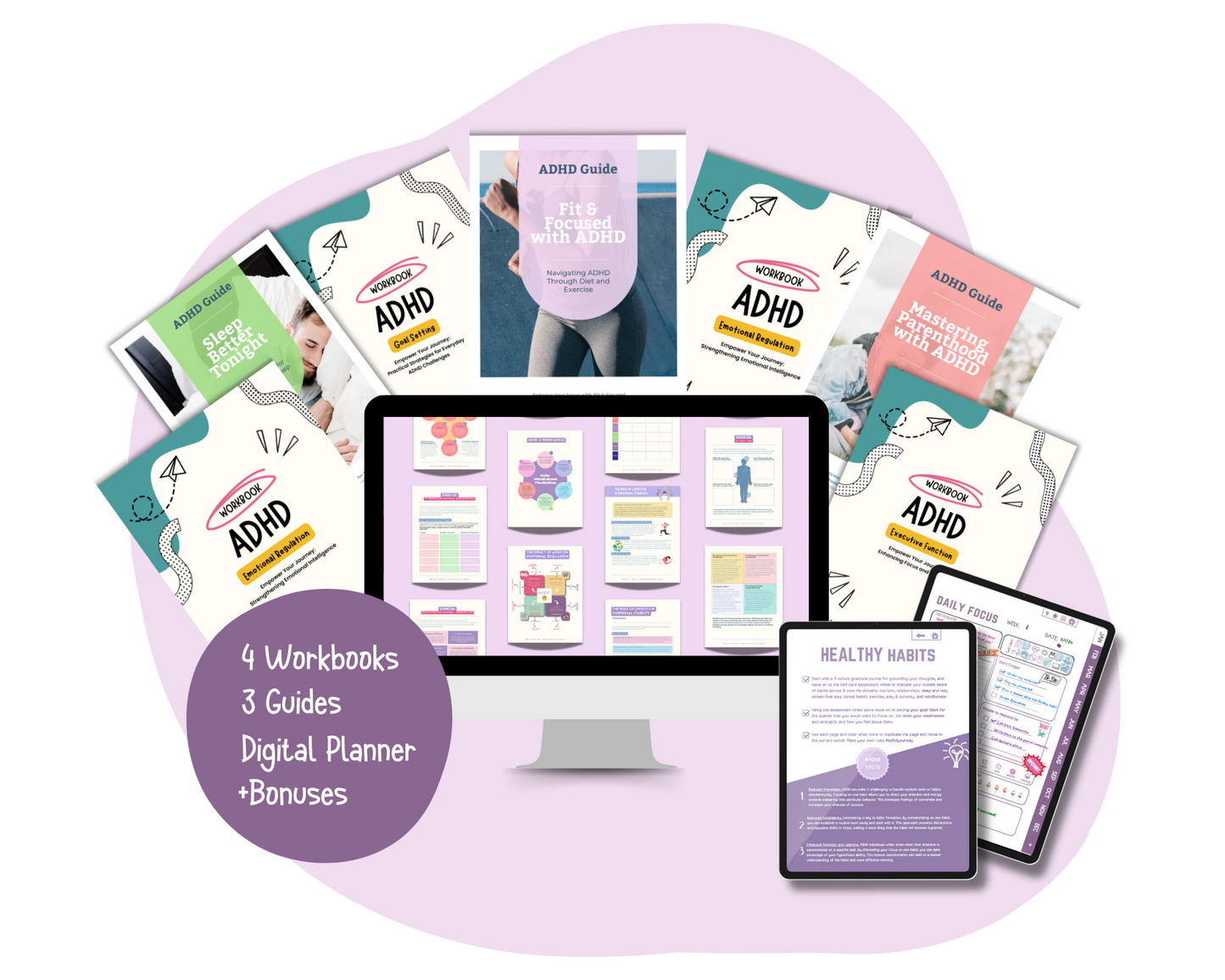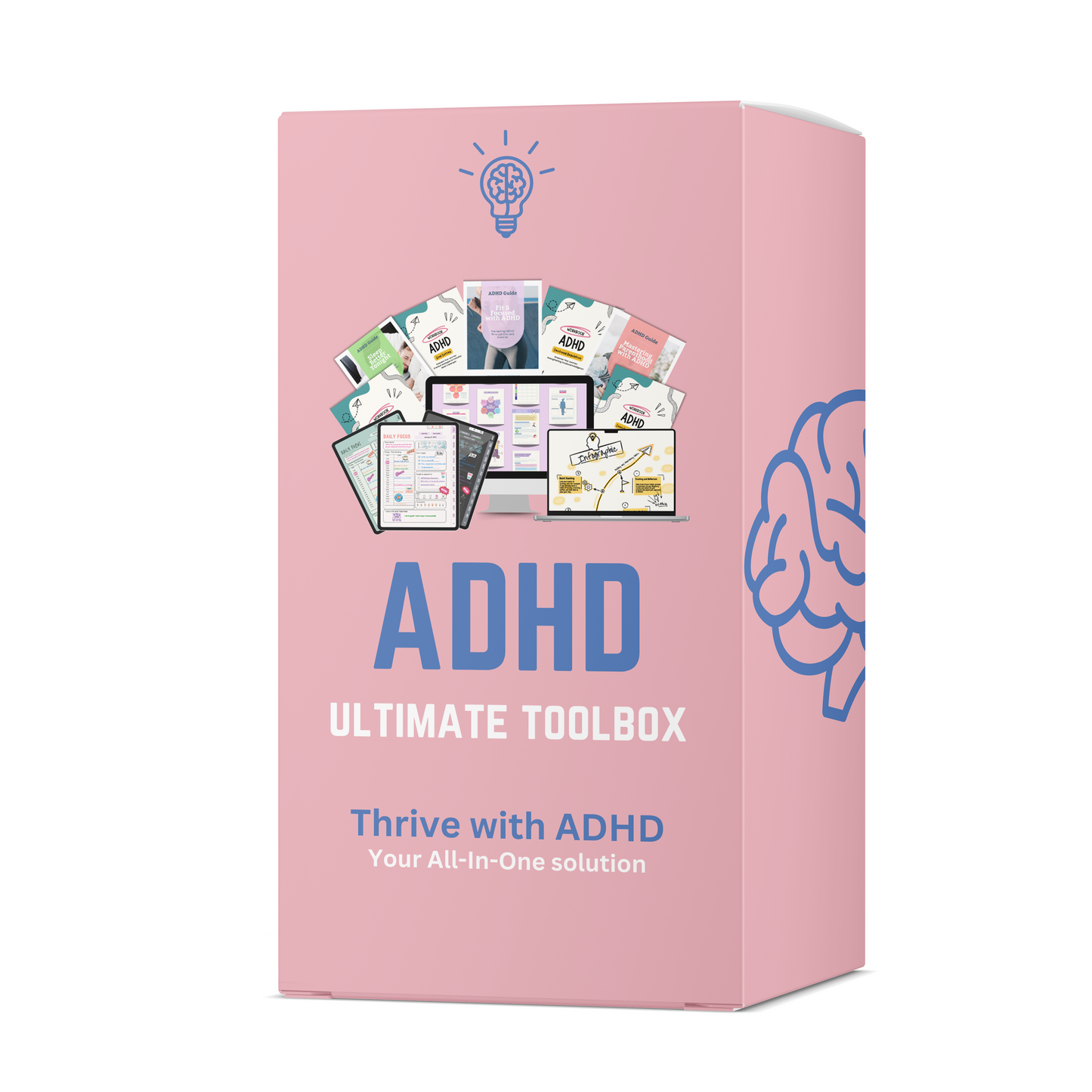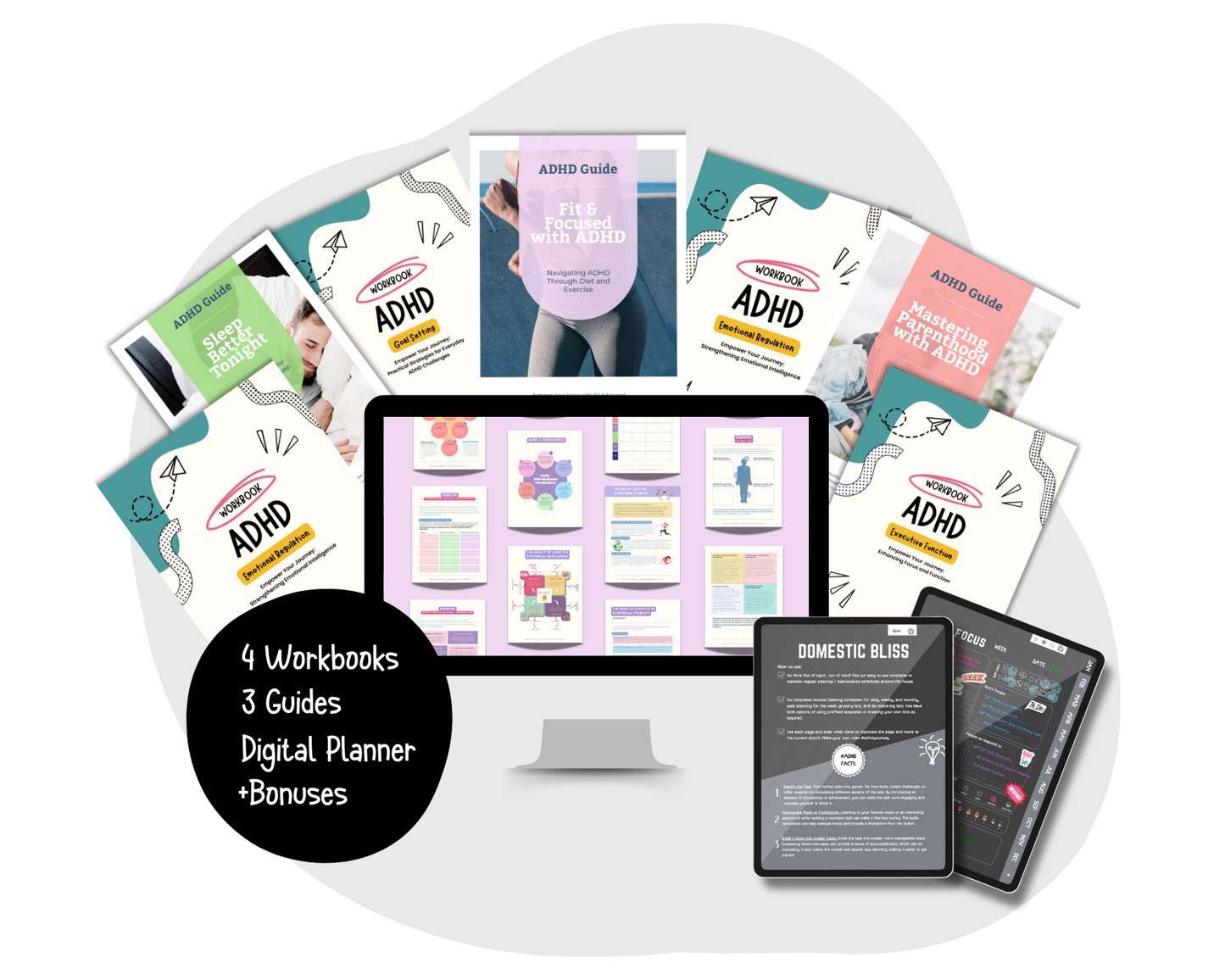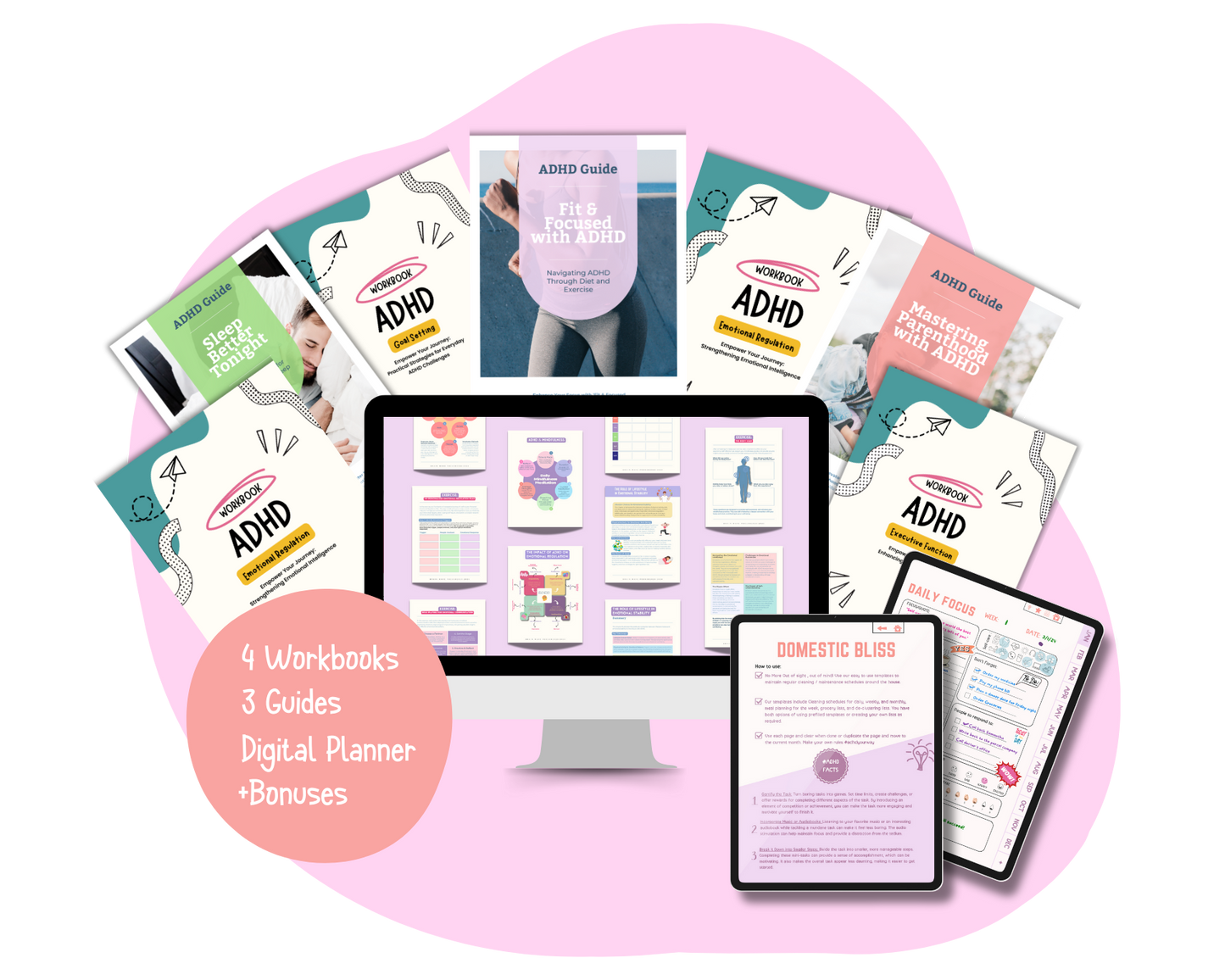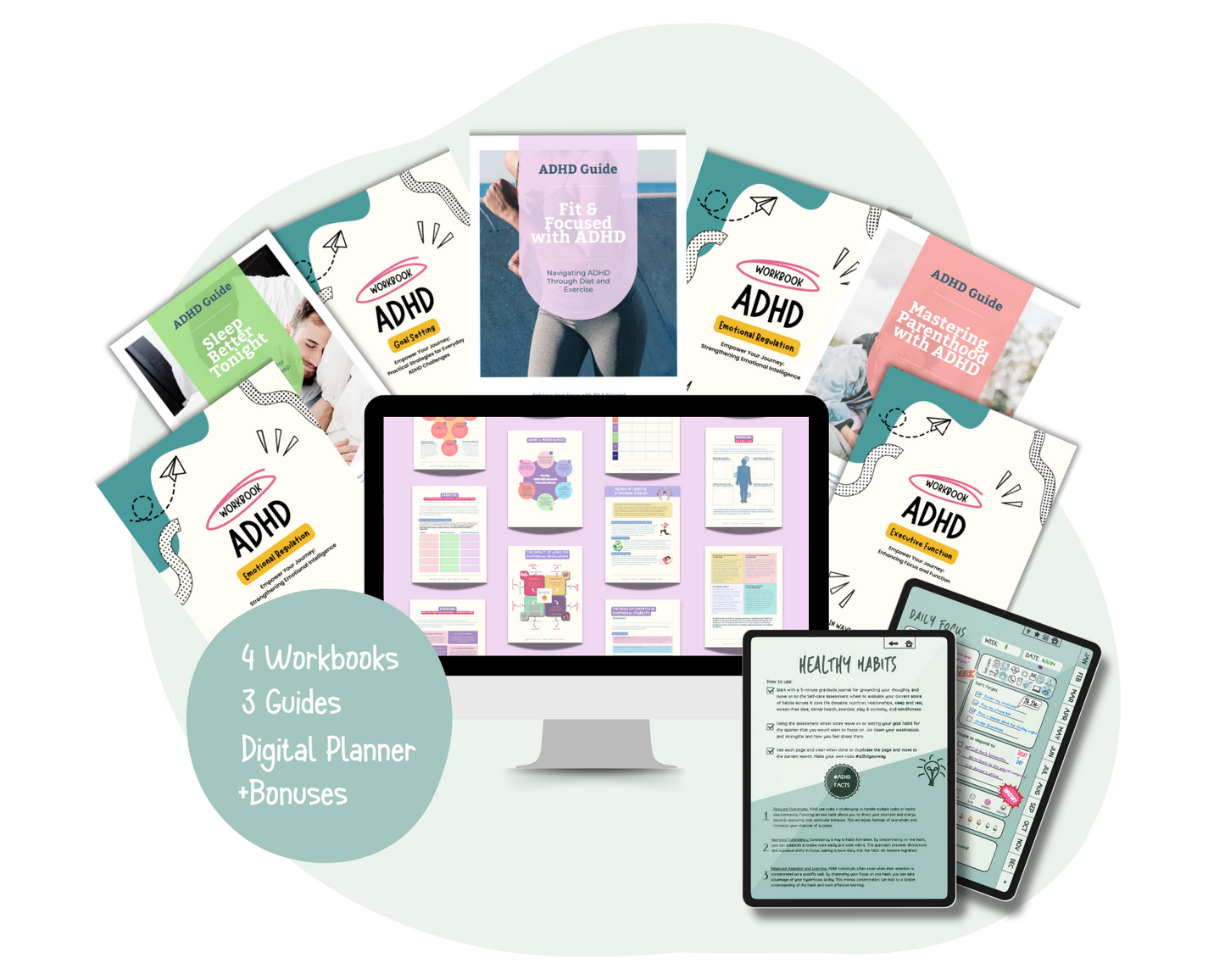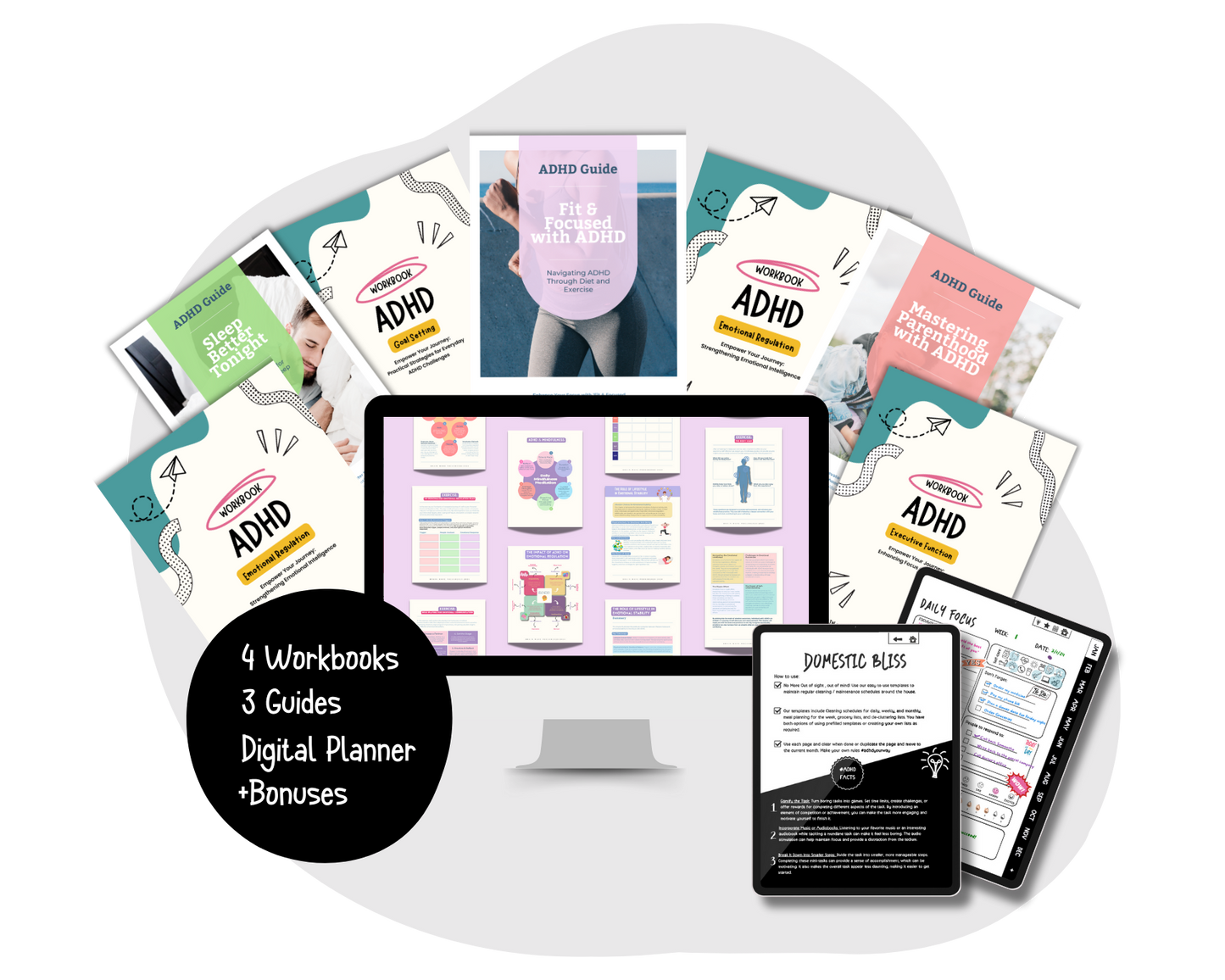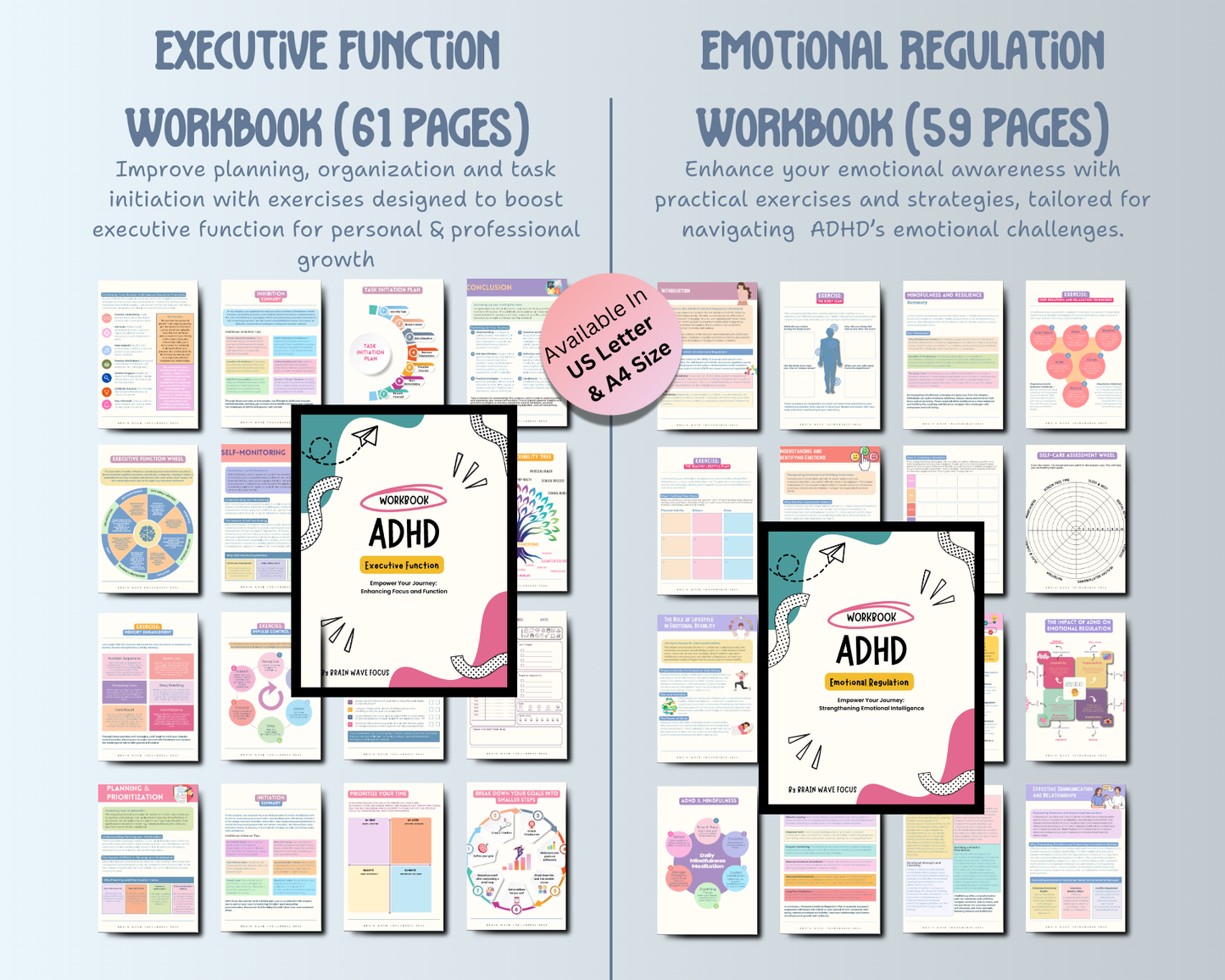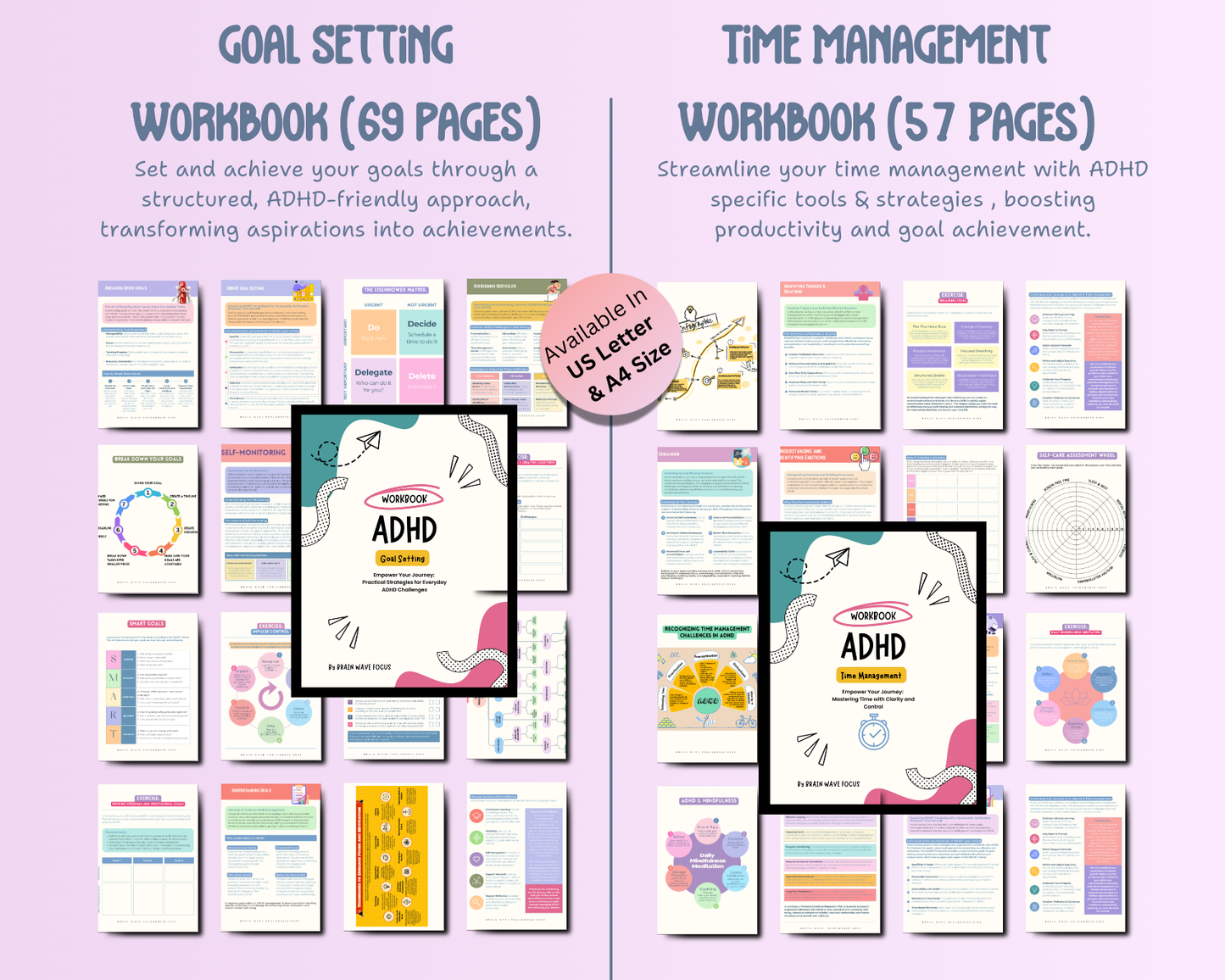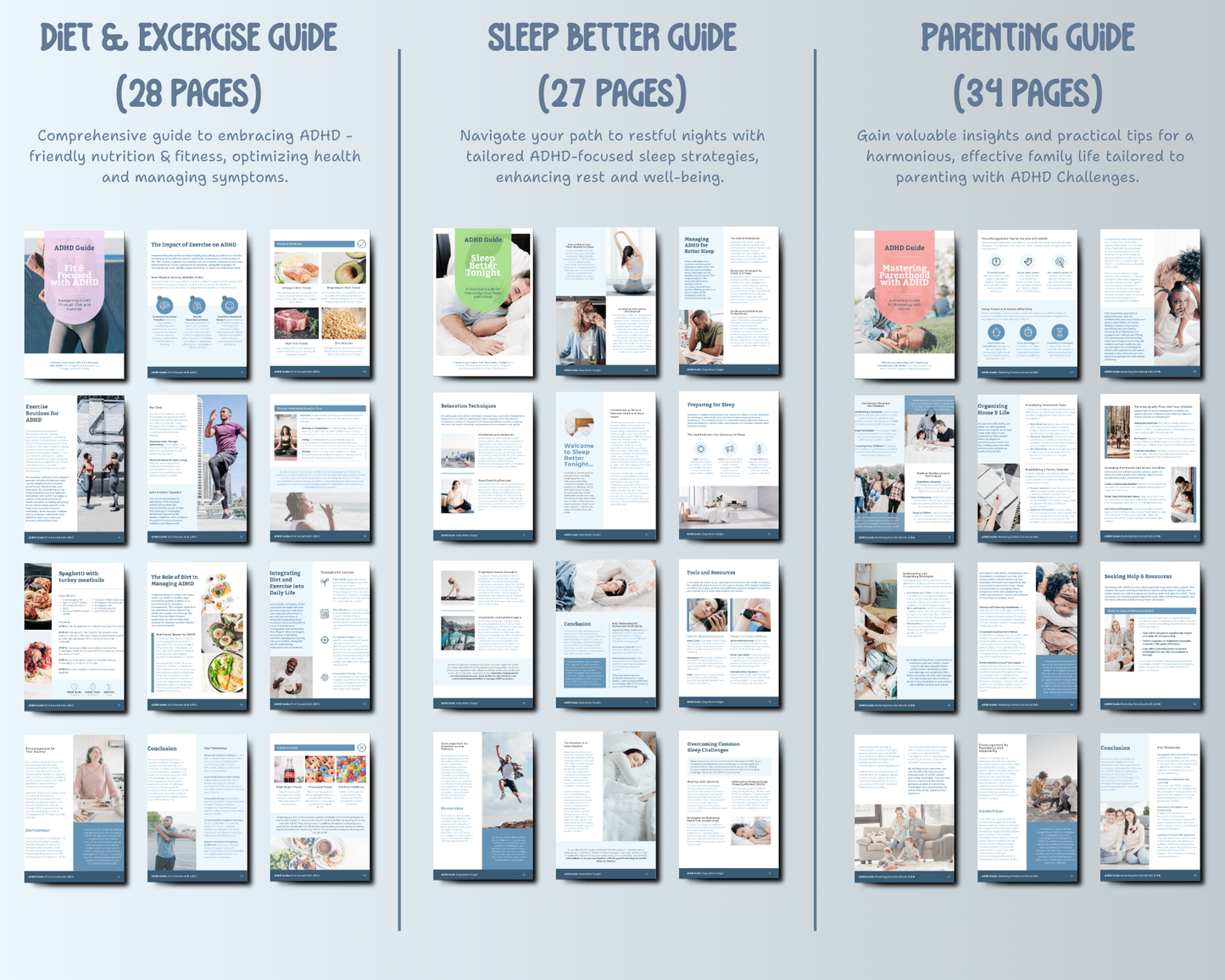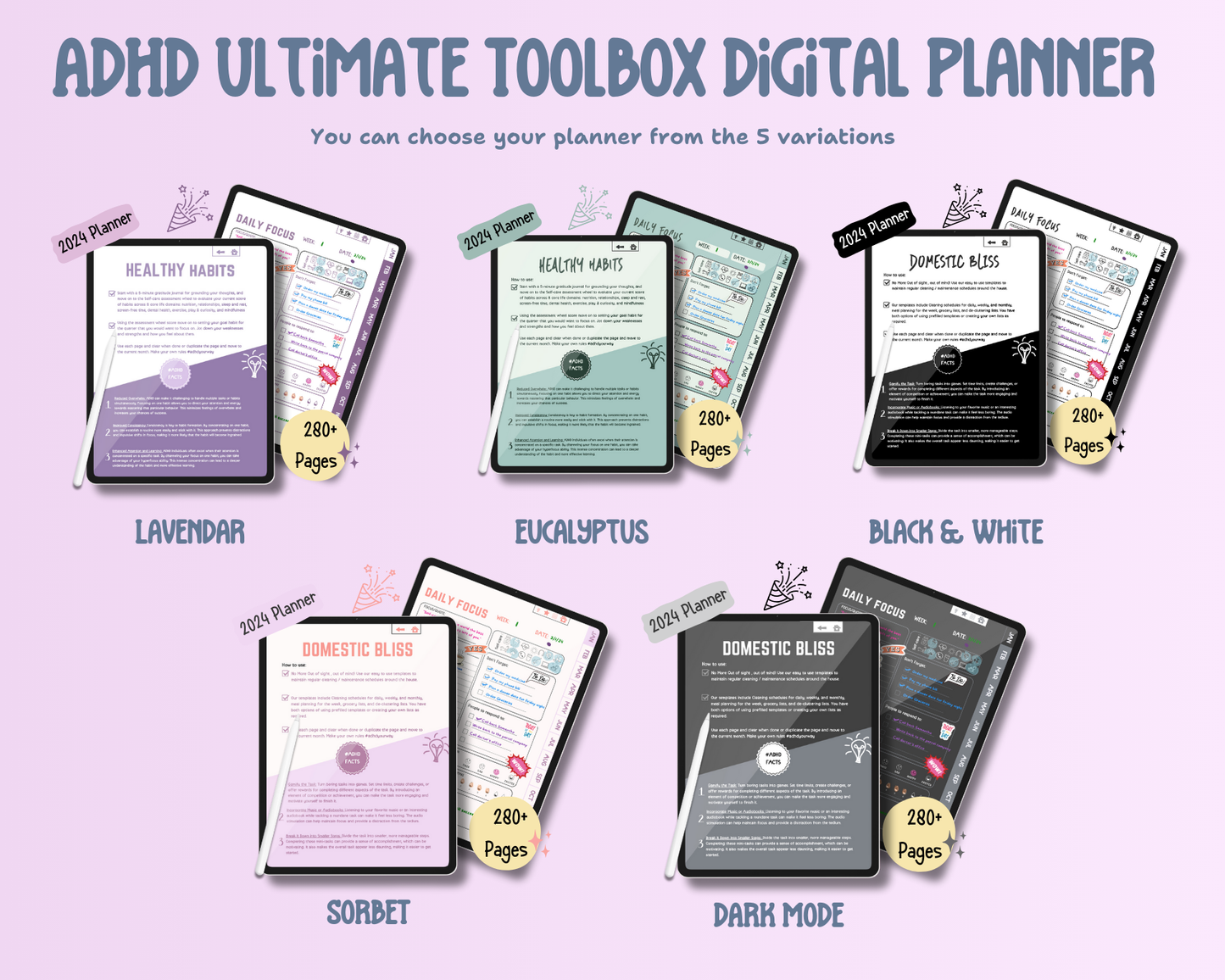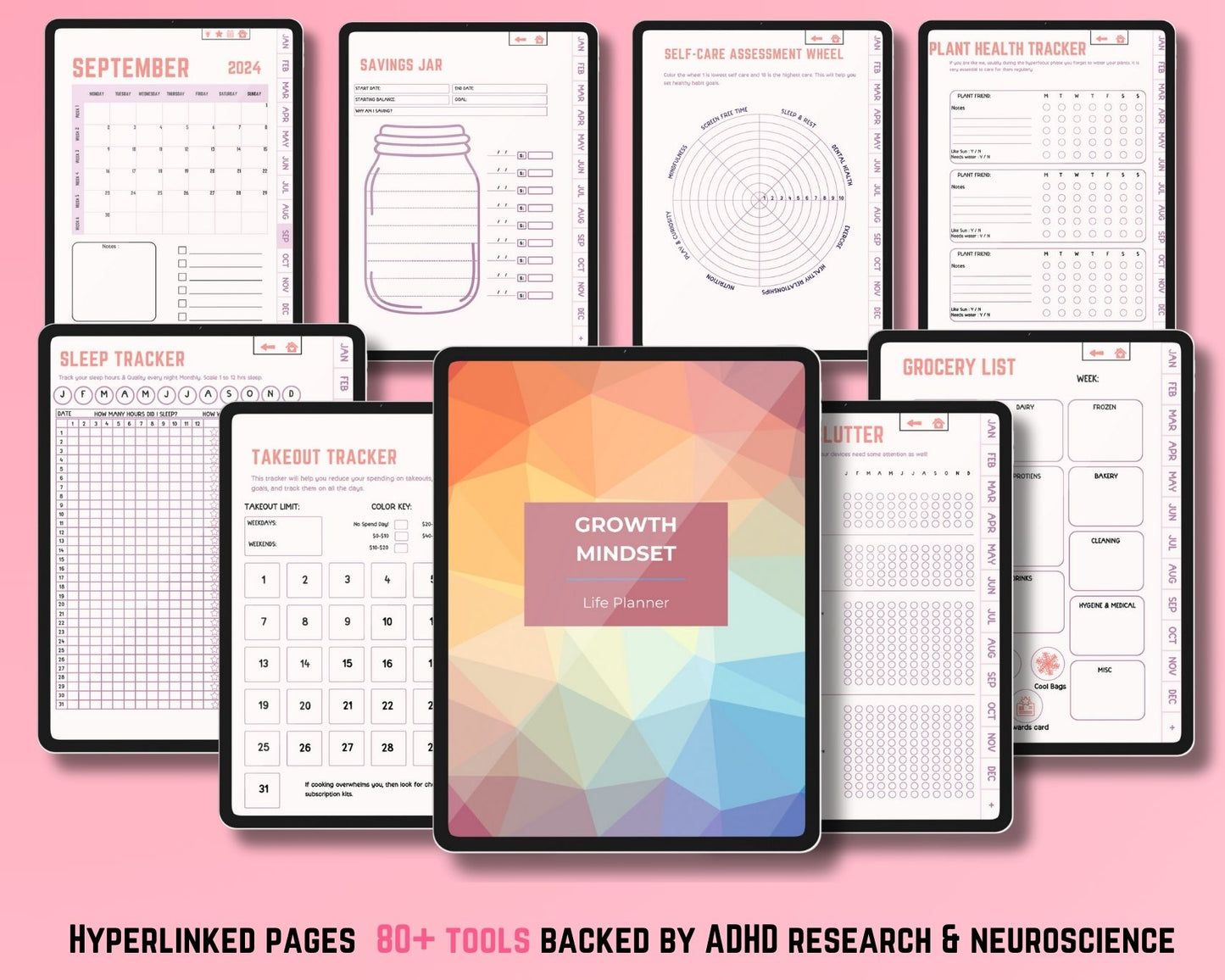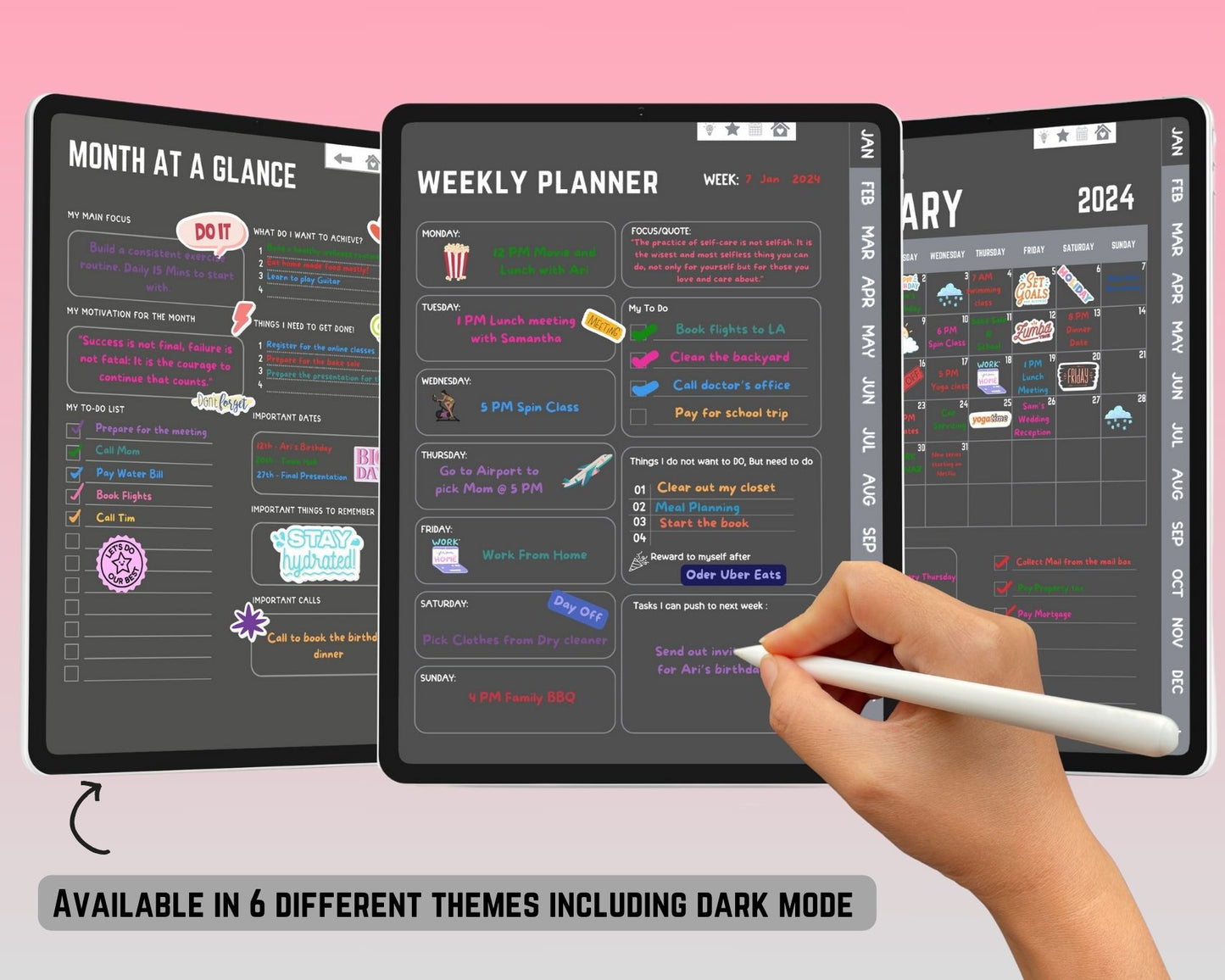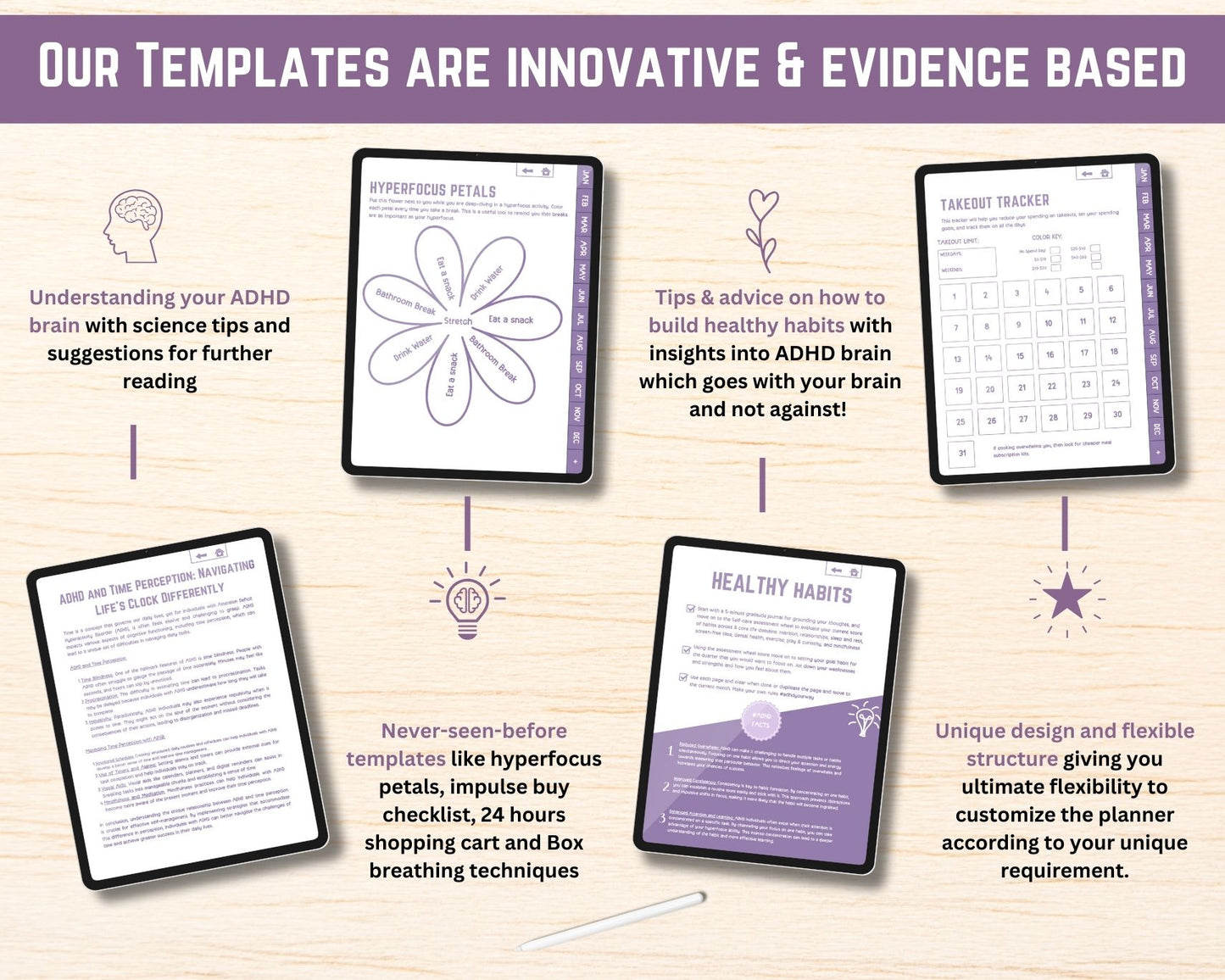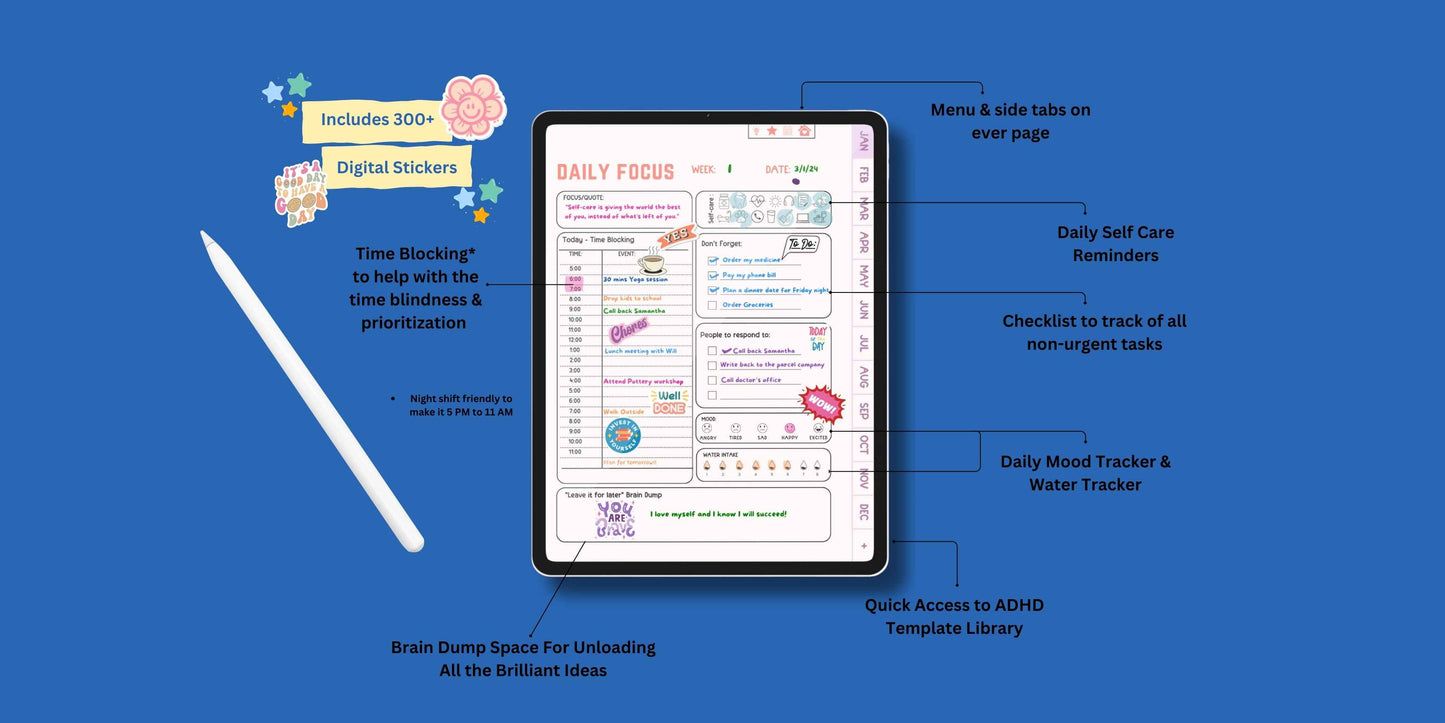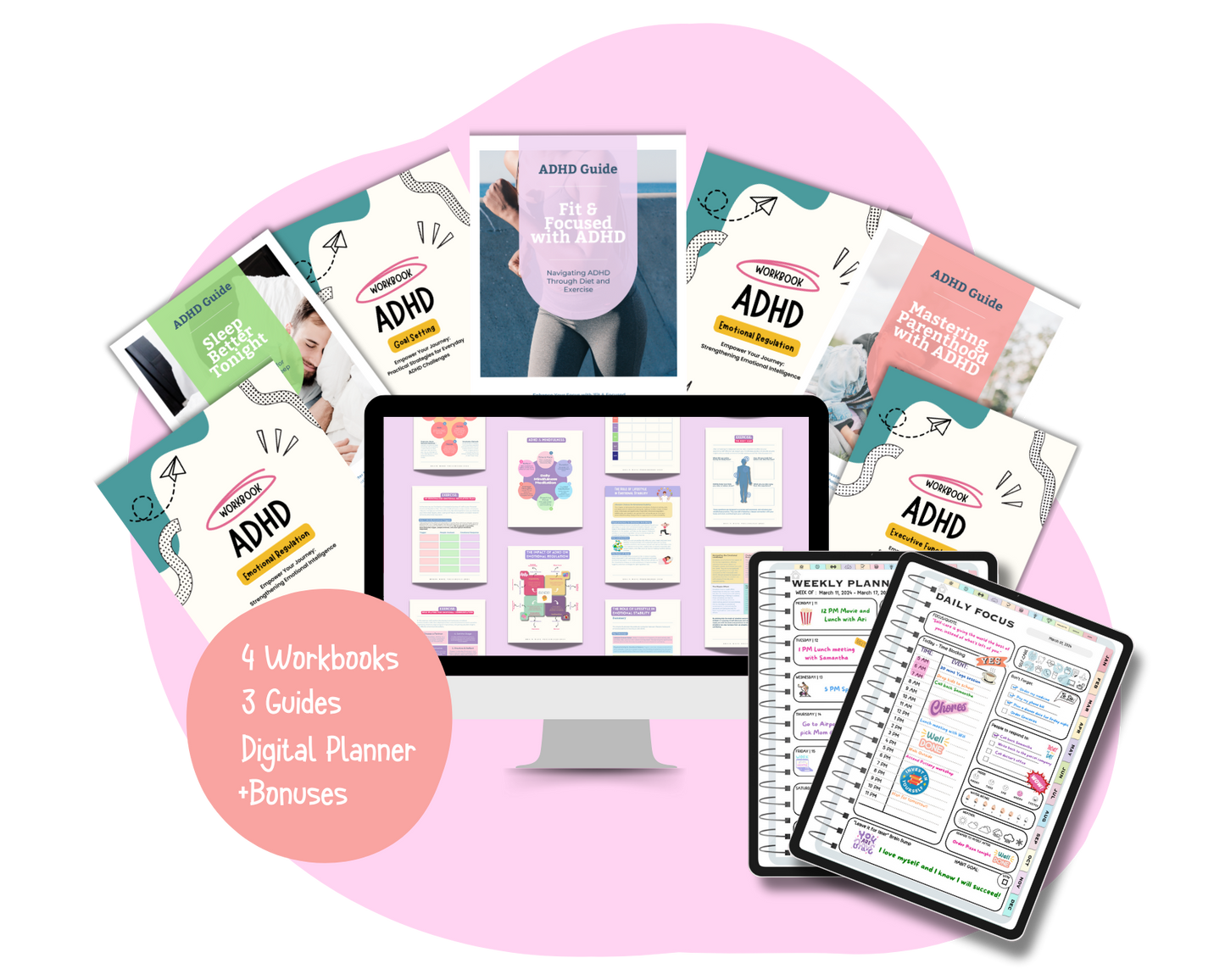n 2025, a subtle yet powerful productivity trend has surged among the ADHD community—and it’s not a medication or app. It’s called body doubling, and it’s changing how people with ADHD tackle tasks.
🧠 What Is Body Doubling?
Body doubling is a simple yet surprisingly effective strategy: you work alongside another person—physically or via video call—without necessarily collaborating. The other person acts as a silent accountability anchor while you both focus on your own individual tasks. This technique reduces distractions, minimizes overwhelm, and makes it easier to start tasks—often the hardest part.
Why Is It Trending Now?
- Social media popularization: Platforms like TikTok and YouTube have elevated body doubling into a widely shared ritual—complete with live streams, challenge sessions, and prompts that turn productivity into a communal experience.
- Pandemic-era rediscovery: After years of remote work and isolation, many found virtual companionship surprisingly helpful. A quick Zoom call with a friend or joining a Flow Club session often made task initiation and completion feel more manageable.
What Makes It Work for ADHD?
People with ADHD often struggle with executive functions such as task initiation, sustained attention, and motivation. Body doubling tackles these challenges by:
- Providing a gentle external prompt that helps kick-start tasks.
- Reducing feelings of isolation or procrastination.
- Leveraging accountability through passive presence rather than pressure.
Real Stories, Real Impact
Mental health experts like J. Russell Ramsay at the University of Pennsylvania note that body doubling externalizes motivation—a concept rooted in cognitive behavior therapy and increasingly validated by users themselves.Anecdotally, people with ADHD report doubling their productivity when practicing body doubling, whether it's washing dishes, doing homework, or working on client projects.
Are There Limitations?
While body doubling offers clear benefits, it’s not for everyone:
- Not enough high-quality research yet: Studies on its long-term effectiveness are limited, and body doubling has mostly been promoted via anecdote and pop culture rather than clinical trials.
- Personality and task-specific fit: Some find the presence of another person distracting, or they may feel self-conscious. And not every task aligns well with this strategy.
How to Try It
- Find a 'buddy': Invite a friend or coworker who’s also working on something. It doesn’t have to be the same task—just the shared intent matters.
- Use a virtual room: Platforms like video calls, Flow Club, or co-working Zooms let you connect even when apart.
- Keep it low-pressure: The goal isn’t micromanagement—it’s subtle presence. A simple “I’m doing X for 30 mins”—and then focus.
- Pair with structure: Use a timer or pomodoro to structure the session. You work, take short breaks, and share reflections if you like.
Why It’s Especially Worth Trying in 2025
With rising ADHD awareness, growing digital fatigue, and increasing burnout, many are seeking accessible strategies that don't involve medication, expensive therapies, or complex self‑help tools. Body doubling offers a flexible, low-cost method grounded in human connection and shared purpose. It honors how ADHD brains often work—best with a touch of community.
